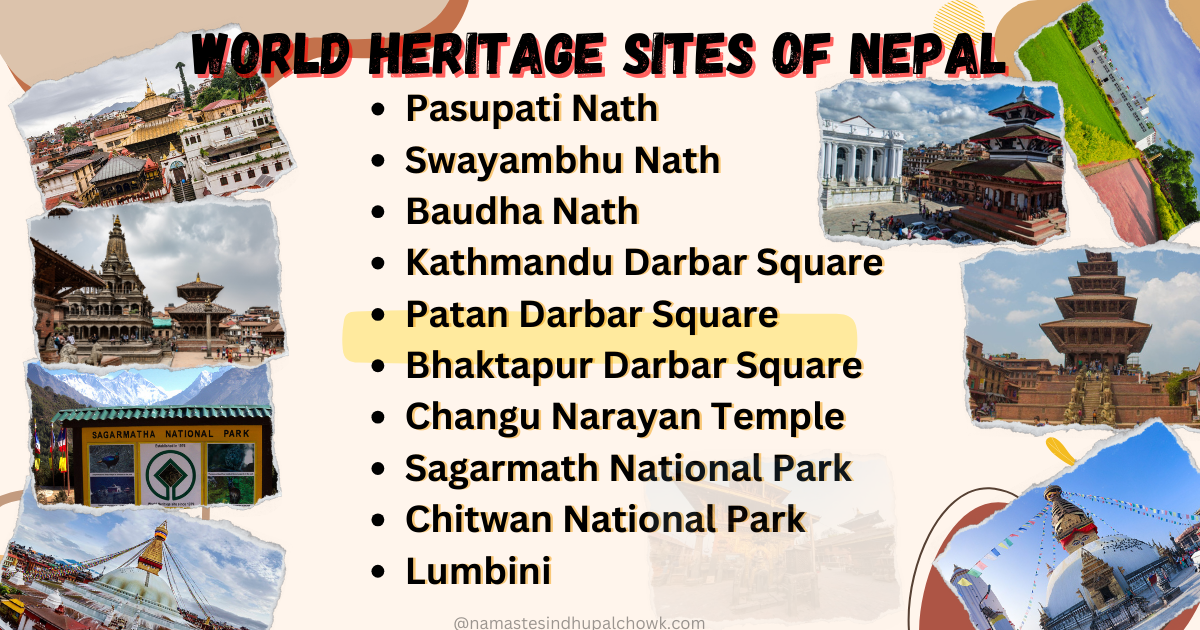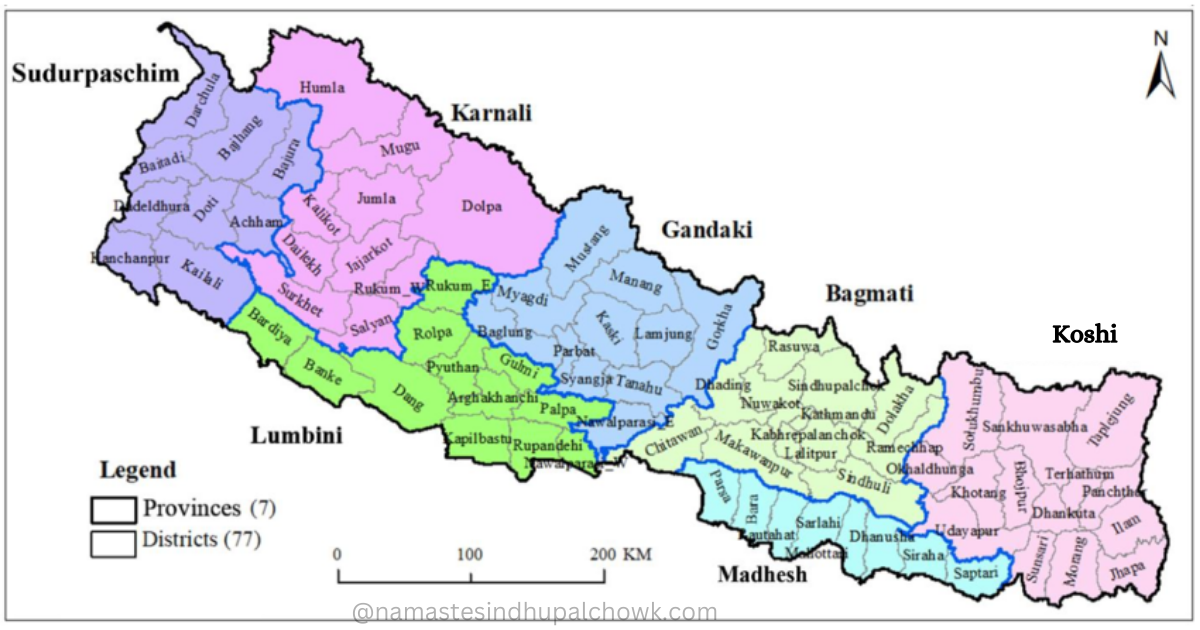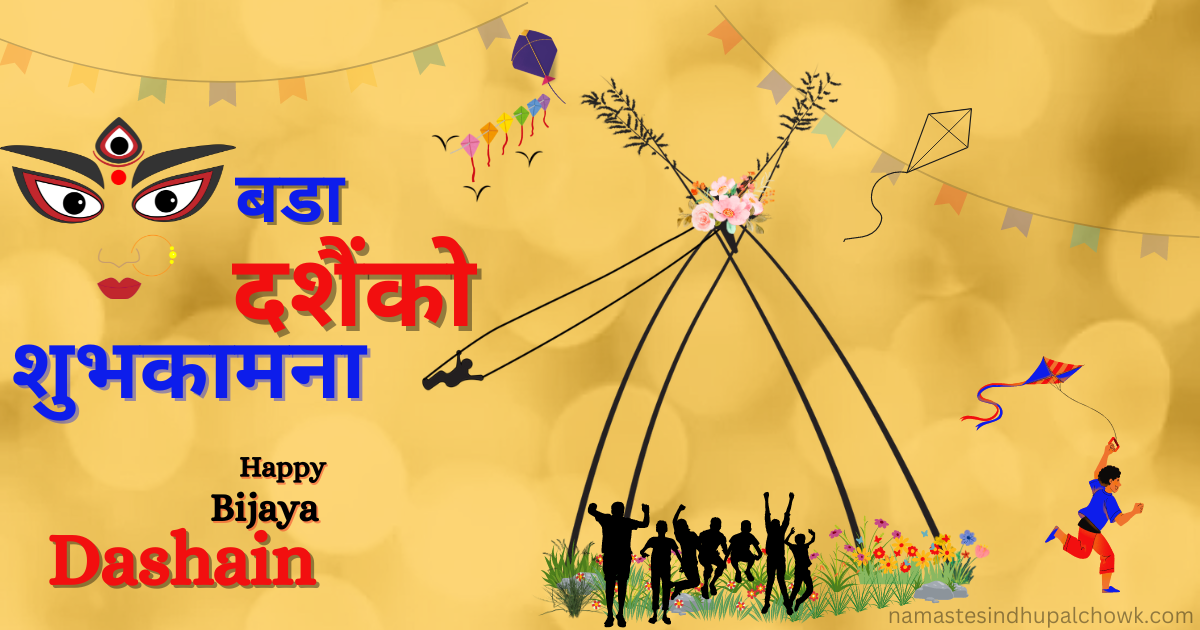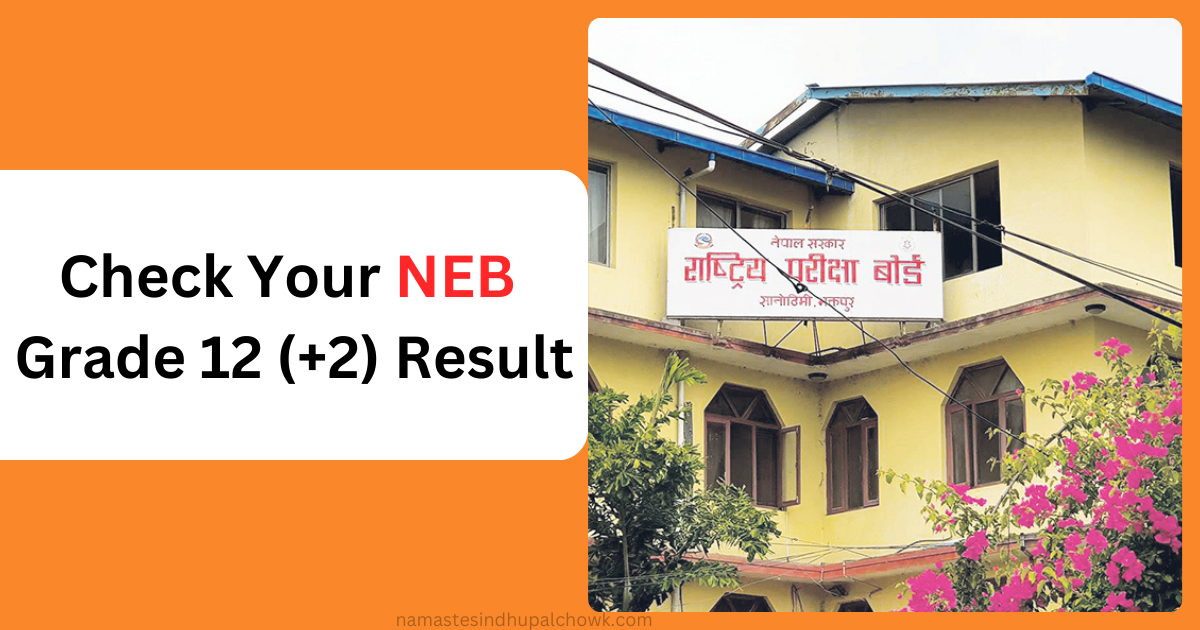UNESCO (United Nations Educational, Scientific and Cultural Organization) included 10 natural and cultural places of Nepal in a World Heritage Site. Nepal has four special places called World Heritage Sites. The Kathmandu Valley and Lumbini are famous for their religious and cultural importance. Sagarmatha and Chitwan National Park are well-known for their natural beauty.
Seven important religious, cultural, and historical sites in the Kathmandu Valley are listed as World Heritage Sites. These include Pashupati, Bauddha, Swayambu, Changunarayan, Patan Darbar, Kathmandu Darbar (Basantapur), and Bhaktapur Darbar.
In 1979, UNESCO listed the cultural heritage of Kathmandu Valley and the Sagarmatha National Park as a World Heritage Site of Nepal. Similarly, in 1984, Chitwan National Park was recognized as a world heritage site. After that, in 1997, UNESCO included the Lumbini region in the World Heritage Sites.
Importance of Tourism in Nepal
UNESCO lists the historical, cultural, religious, biological diversity, and natural places as world heritage. Likewise, It works with the governments of related countries to promote, protect, and develop the heritages included in the World Heritage List.
List of 10 World Heritage Sites in Nepal
There are 10 cultural, historical, & natural places which include in World Heritage Sites of Nepal. The list of UNESCO World Heritage Sites of Nepal are:
| S.N. | Name | Location | Heritage Category | Listed Date |
|---|---|---|---|---|
| 1. | Pashupatinath Temple | Kathmandu, Nepal | Cultural, Religious | 1979 AD |
| 2. | Boudhanath Stupa | Kathmandu, Nepal | Cultural, Religious | 1979 AD |
| 3. | Swyambhunath Stupa | Kathmandu, Nepal | Cultural, Religious | 1979 AD |
| 4. | Kathmandu Durbar Square | Kathmandu, Nepal | Cultural, Religious, Historical | 1979 AD |
| 5. | Patan Durbar Square | Patan, Lalitpur, Nepal | Cultural, Religious, Historical | 1979 AD |
| 6. | Bhaktapur Durbar Square | Bhaktapur, Nepal | Cultural, Religious, Historical | 1979 AD |
| 7. | Changu Narayan Temple | Bhaktapur, Nepal | Cultural, Religious, Historical | 1979 AD |
| 8. | Sagarmatha National Park | Solukhumbu, Nepal | Natural Bio-diversuty | 1979 AD |
| 9. | Chitwan National Park | Chitwan, Nepal | Natural Bio-diversuty | 1984 AD |
| 10. | Lumbini | Rupandehi, Nepal | Cultural, Religious, Historical | 1997 AD |
1. Pasupatinath Temple
Pashupati Nath Temple is famous worldwide. It is in Kathmandu, Nepal, on the bank of the Bagmati River. Hindus consider it very important. It is dedicated to Lord Shiva. The temple is old and has many stories. Inside, there is a special & unique "Jotirlinga". And, Around the main temple, there are small temples, hermitages, and old idols. Moreover, A fund called Pashupati Area Development Trust takes care of the temple. Every evening, there are Aarti and Puja ceremonies. UNESCO added this area to its World Heritage List in 1979 AD.
2. Boudhanath Stupa
Bouddha Nath Stupa is one of the largest ancient stupas in Nepal, Kathmandu. It is a very important UNESCO World Heritage to Buddhists. Probably, It was built in the 14th century. Moreover, the people who believe in Buddhism, visit there to worship. This is a peaceful place and makes people feel enlightened.
UNESCO listed Bouddha stupa as a World Heritage Site of Nepal in 1979 AD. Around the stupa, there are shops, restaurants, and monasteries. Thus, On each side of the stupa, there are big eyes painted. These are called the "Eyes of Buddha" & "Wisdom Eyes". It is symbolic of the all-seeing nature of the Buddha. Above the eyes, there is a third eye, which represents the Buddha's wisdom.
People visit the stupa to walk around it in a specific direction, spin prayer wheels, and say prayers. They believe this brings them blessings. Likewise, During Buddhist festivals, like Buddha Jayanti and Losar, many pilgrims come to the stupa to pray and do rituals.
3. Swyambhunath Stupa
Swayambhu Nath is one of the popular Buddhist stupas in Kathmandu, Nepal. It is also called "Monkey Temple." It is the most iconic landmark heritage of Nepal. Undoubtedly, Arranged on a slope west of the city, this antiquated devout complex could be a critical journey location for both Buddhists and Hindus. It is the Major UNESCO World Heritage Sites of Nepal.
Swayambhunath is one of Nepal's oldest temples or stupa. It believes that This stupa formed 2000 years ago. Swayambu means self-generated. Moreover, Swayambu is believed to have originated from the lotus flower. Similarly, The main structure is a large white dome, symbolizing the world, with a golden spire atop it, representing the point where the earth and sky meet. Shrines, temples, prayer wheels, and colourful flags surround the stupa. UNESCO listed Swayambhu Stupa as a World Heritage in 1979 AD.
4. Kathmandu Darbar Square
Kathmandu Darbar Square is the historical, cultural & ancient heritage of Nepal. Basantapur Darbar, Hanuman Dhoka Darbar, etc. are the famous name of this place. This old square could be a treasure trove of history, encompassed by grand royal residences, sanctuaries, and holy places, dating back to the 12th century.
Once the royal Nepalese residence until the 19th century, the square now holds UNESCO World Heritage status in 1979 AD. Furthermore, It serves as a strong update of Nepal's wealthy past, displaying the structural ability of the Malla line, who ruled the Kathmandu Valley from the 12th to the 18th century. It is also the major UNESCO World Heritage Site of Nepal.
Hanuman Dhoka was constructed in the Licchavi era (4th to 8th century ). And, in the 17th century, King Pratap Malla greatly expanded the area. Also, The square has the greatest concentration of historic buildings; it is home to numerous palaces, courtyards, and temples. Because there are more than 50 temples in the square. So, it is also called "the Museum of Temples".
In addition, Taleju Temple, Kumari Temple, Jagannath Temple, Narsingha Statue, Nasal Chok, Swet Bhairav, Shisha Baithak, Tribhuwan Museum, & Kal Bhairav are the major attractions there.
5. Patan Darbar Square
Patan Darbar Square is another important historical, cultural, and ancient place in Kathmandu Valley. It was the centre place of Lalitpur while the Malla king ruled over Patan (Lalitpur). In addition, This is a faithful place for Hindus & Buddhists. Krishna Mandir is the major attraction there.
There are many mythological, historical and religious heritages within the Patan Palace area. It is a cultural and historical place. Moreover, The Krishna temple in Patan was built by Siddhi Nar Singh Malla around the 17th century. Similarly, Patan's Krishna temple is built in the Shikhar Style. This is the temple with the most gilded spires (Gajur) in Nepal. There are 21 Gajur.
Mahabouddha, Rudra Varna Mahabihar, Hiranya Mahabihar, Kumbherswor, Jagat Narayan, Golden Temple etc. are the attractions here.
6. Bhaktapur Darbar Square
Bhaktapur Darbar is an important national heritage of Nepal. UNESo listed Bhaktapur Darbar as a World Heritage Site in 1979 AD. Additionally, This place is famous for ancient arts, structure and more. It was built from the 13th century to the 18th century.
Natpol is the tallest temple in Nepal that have in there. Moreover, Pachpanna Jyale Darbar, Dattatreya Temple, Bhairav Nath Temple, Siddha Pokhari, Thimi, Surya Binak, Bhad Gaun, etc. are the major attractions.
7. Changu Narayan Temple
Changu Narayan is the oldest temple in Nepal. During the Lichchhavi Dynasty, King Man Dev Built this temple. It was built from the 5th century to the 12 century. It is the evidence of live history. The oldest inscription in Nepal is in this temple.
Changu Narayan is the stoage of ancient culture, Shilapatra, history, religion etc. On the occasion of Haribidhani Ekadashi of every year, pilgrims come to worship here.
8. Lumbini
Lumbini is the birthplace of lord Buddha. Lord Buddha was born in Lumbini in 563 BS. Ashoka Stamba of Lumbini is the big stamba of Nepal. It is the purified place for every Buddhist. It is located in Rupendehi District. This place has historical, ancient, and religious heritage.
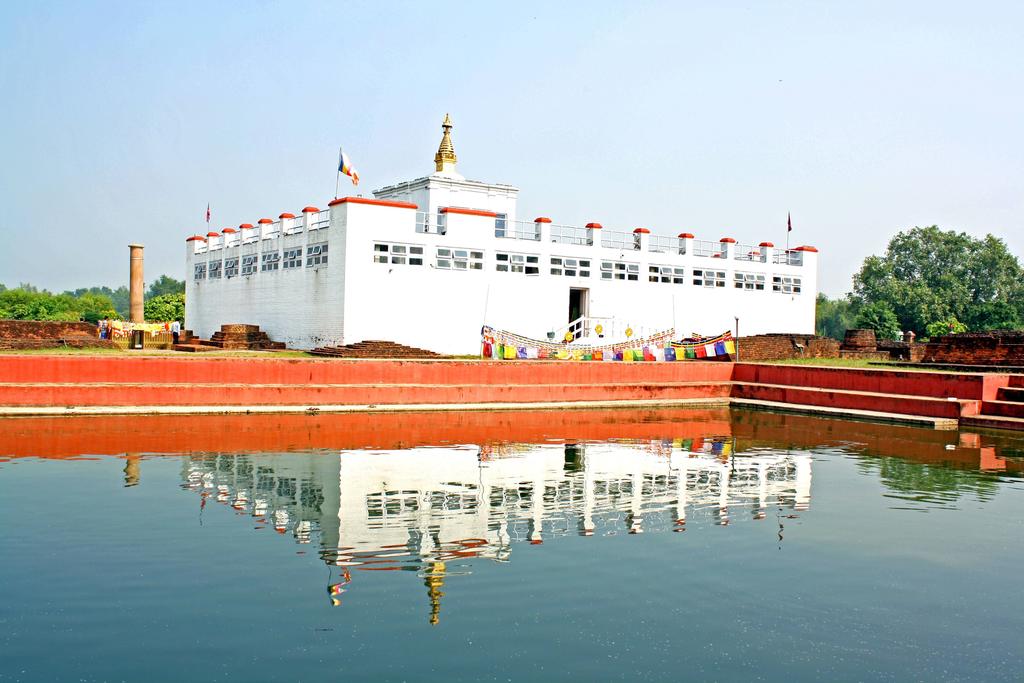
Lumbini is the center of world peace. There are many heritages related to lord Buddha. Additionally, there are many monasteries aroun Lumbini. Moreover, Maya Devi, Puskarini Pokhari, Tauli Hawa, Dev Daha etc. are major attractions.
9. Saragmatha National Park
The world's highest National Park is Sagarmatha National Park. Mount Everest, the world's highest peak, falls under this park. Moreover, It spreads in the northeastern region of Nepal. It was established on July 19, 1976. Later, in 1979, Sagarmatha National Park was included in the World Heritage Site. In the same way, Its area is 1148 square kilometres. Similarly, the Buffer zone spreads over an area of 275 square kilometres. This park has a Himalayan ecosystem. In addition, Everest, Gokyo, Namche, etc. are attractive places here. Dudhkoshi and Imjakhola are the main rivers here.
10. Chitwan National Park
Chitwan National Park is the first National Park in Nepal. It was established in the year 2030. It is located in the Chitawan, Makwanpur and Parsa locale in Nepal's Inner Madhesh lowland and Terai regions. Its zone is 932 square kilometres. And, The region of the buffer zone is 750 square km.
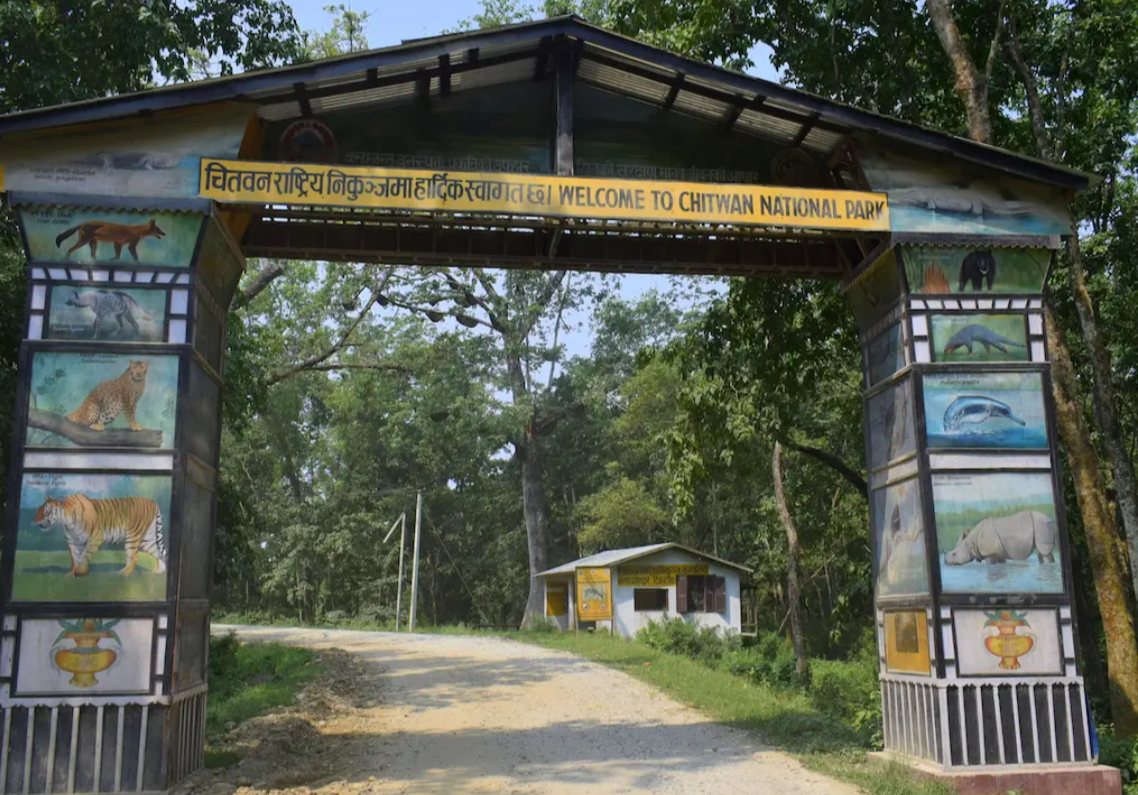
Additionally, in 1984, the Chitwan National Stop was included in the UNESCO World Heritage Site. And, Panthers, one-horned rhinoceros, crocodiles, elephants, panthers, peacocks, etc. are the most wild creatures and most winged creatures found here. Similarly, Charkoshe Zadi, Bisahjari Lake, Meghauli, Gajedi Lake, Sauraha, etc. are the most popular attractions of this park.
